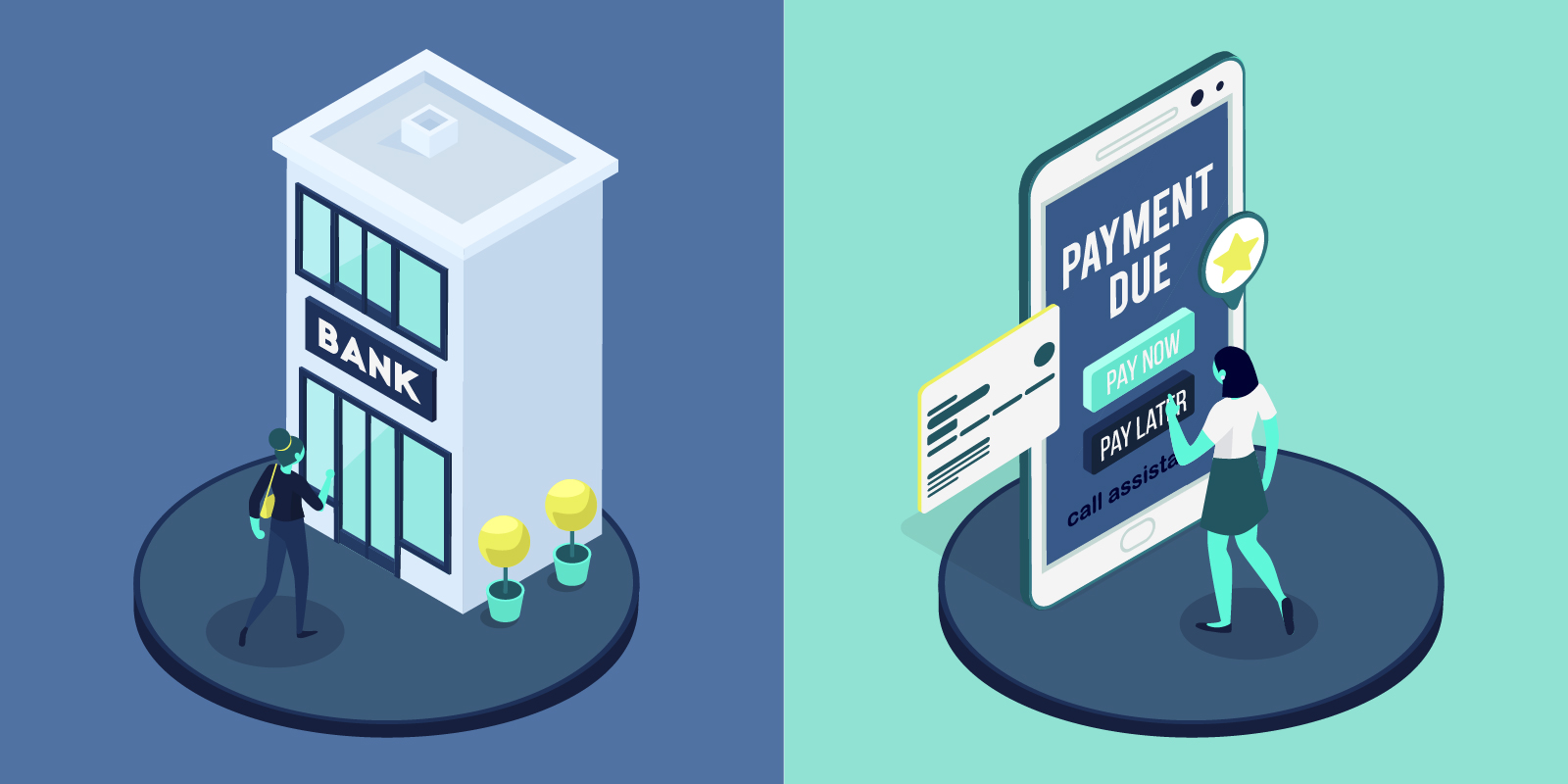In our previous blog post, we discussed the economic potential of millennials, their debts, attitudes and habits. We also dove into how their insatiable desire to live in the digital world is an important factor for designing business models that aim to cater to this upcoming generation. In this post, we explore the details of the strategies which banks and debt collectors ought to adopt, and what they risk by delaying and denying these changes in their business models.
Millennials stand out not just for their spending habits and debt, but also for being hard-hit by not only one, but two global economic recessions during their lives (the oldest among them may recall 4!). For a generation that has a bad reputation for not being frugal, external factors have also dealt a severe blow to their financial health - they are the ill-fated ‘lost generation.’
Why does this matter to someone in debt collection or banking? Well, this generation now carries more debt than any other and is also the worst hit age group due to the pandemic. Their reliance on loans and borrowing to bring their lives back to normalcy will not diminish soon. Knowing them is the key to the future of debt collection and banking.
Moreover, COVID-19 is exerting its influence not just on GDPs and growth rates, but also on how businesses are run; digital transformation is no more a ‘cool’ factor but the need of the hour.
COVID-19’s effect on debt, millennials and their spending habits
With rising unemployment and no end in sight for the pandemic, the debt burden on millennials, particularly due to credit cards, is rising. Compared to Gen X and baby boomers, twice as many millennials asked their credit card issuers for a break. Yet, this is not the time to focus on dunning to get back monies owed, but an opportune moment to invest for the long term.
It is important to bear in mind that this is the most crucial time to not lose customers. Businesses that are able to look beyond the present and invest in the post-pandemic potential of their customers and clients will reap large rewards. One need not look far to identify the innovations needed. The answer also lies in understanding how COVID-19 has changed consumer habits.
It may not be obvious, but beyond the boom in video conferencing solutions and e-learning platforms, a subtle yet impactful change brought about by COVID-19 is the aversion to touch surfaces in public - think credit card machines and ATMs. Right around the month of March 2020, as the world was shaken by the first wave of the virus, a new pattern in spending emerged - a concurrent drop in credit and debit card spending rates; and a rise in web traffic towards e-commerce. Why was this so? - Consumers are worried about contact with such surfaces leading to infection!
Previous projections about the growth of e-commerce in 2020 are out the window. It is now predicted to grow faster than previously thought. Staying at home has not only meant more cooking at home - the number of food delivery orders has risen during the pandemic. Such trends foreshadow the death of old ways of business and herald the rise of an unfamiliar digital world.
Four proven strategies for the post-pandemic world
We are convinced that bankers and debt collectors who are quick to optimise and adjust themselves to a new emerging reality will be the long-term winners. Here are the 4 most effective strategies they can implement in their business now to remain relevant to the millennials of the post-pandemic world.
- Self-Service: While we have already covered the significance of self-service in debt collection in our previous post, this term carries a stronger connotation in the context of millennials. A generation whose thumbs are eternally texting someone does not fail to appreciate the ability to instantaneously access and resolve their issues with payments. Their aversion to waiting and their need for control call for a complete remake of what it means to interact with financial institutions. Calling a helpline, or going to a bank to talk to someone are certainly out of the picture.
Back in 2015, over half of millennials in a study reported that they switched brands owing to poor customer service. 69% of the millennials in the study said they feel good about themselves and a company when they are able to resolve an issue themselves. In short, customer service is the wrong idea to focus on, try customer enablement!
- Go mobile or go home: Old school dunning and banking involved calling someone on their landline or sending letters for overdue payments. With millennials, this is not going to return proportionate rewards since they are spending upwards of 5 hours a day on their smartphones. If this doesn't convince you, consider this: compared to other generations, millennials access their financial information almost nine times more often via mobile devices. Do you still want to send them the third reminder for a bill via regular mail?
- Personalisation: Nothing appeals to millennials like a personalised product. So far, financial institutions have been framing their offers with a “product” mindset. However, those who move on to address the question, “What problem or pain of my (millennial) customer am I trying to solve?” will prevail in the future. Payment options especially deserve scrutiny under this lens. A one-size-fits-all model of repayment plans will not solicit the best response from this generation. They want an ‘advisor’ in the institutions with which they transact - not just a lender or account manager. Remember: personalisation goes beyond placing their name in the emails. It means a thorough understanding of their personal financial situation and offering payment plans and options that best suit their individual payment capabilities. This, of course, is best done with the help of AI and machine learning.
- Customer experience and Efficiency: The hardest challenge to overcome may be the attention span of millennials. This is a double-edged sword. On the one hand, some have claimed this group to have an attention span shorter than that of goldfish. On the other hand, simple solutions that are easy to understand without complex legalese and multiple chokepoints will win their hearts. The rise of new players in this field who offer digital-only banking, mobile-based payments, and enable opening of bank accounts via video calls indicates how innovations based on millennials’ need for efficiency are disrupting traditional industries. This is the right bandwagon to join!
Do you risk anything by not changing?
COVID-19 has not only shaken up hospitals, but all industries. This unprecedented wave of economic turmoil will leave millennials more vulnerable than before. Yet, the same wave can be a tide of innovation if banks and debt collectors know how to pivot their organisations and offer progressive solutions.
Businesses must value the fragile relationship between debt and millennials while fully appreciating this generation’s significance in the post-pandemic world. By guiding their clients through periods of financial hardship, not only do they stand to be paid in time but also earn the loyalty of their millennial customers - a much coveted prize in the coming years.






